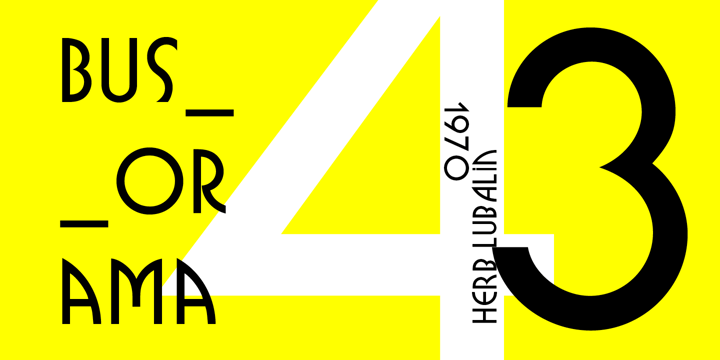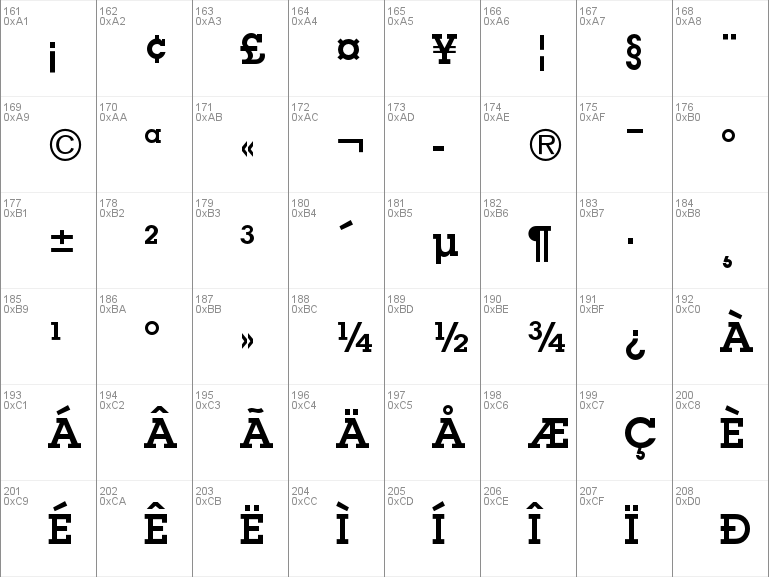


Purvis, “Megg’s History of Graphic Design,” published by John Wiley and Sons 2016ī/technology/photocomposition

Submitted in partial fulfillment of GRC 205, History of Design at CSN. The ‘g’ has a loop, whereas, in Lubalin Graph, it does not.Directed and produced by Michael McDougall. The bowl in letters like ‘p’ and ‘q’ have a straight edge. The ears on this typeface are all curved/bulbous. The tops of uppercase letters and ascenders all align with one another, and all Editor fonts feature large diacritics (those fun squiggles and marks denoting letter pronunciation). Some details give it a calligraphic feeling, too. Designed in 2016, Editor typeface has wedge-shaped serifs. There are no ‘double-story’ letters like in the Editor typeface.Įditor: Newspaper headlines need to be ready in an instant, and the right typeface will capture attention in an instant. The ears on this typeface are all rectangular/straight. The Lubalin Graph comes in many different weights. The equal strokes (equal width of each letters characters), the perfect circular shapes (as shown in the bowls of letters like a & o), the rectangular serif on the lowercase ‘t’, all give this type a distinct geometric form. Lubalin Graph features an X-height that is extremely high compared to it’s descender & ascender. It is a typical New-Egyptienne font from the 1930´s. The basic shapes are the same in both designs, but Lubalin Graph has slab serifs.

Lubalin Graph: The ITC Lubalin Graph was designed in 1974, and is based on Herb Lubalin’s earlier design of ITC’s Avant Garde Gothic. Also, I’m extremely new to this, so bear with my rookie jargon…. I’ve done a bit of research behind each of the two typefaces I’ve chosen to critique because hey–I love the history of things and stuff. Today I am nerding-out on letters and all of their bits & pieces.


 0 kommentar(er)
0 kommentar(er)
